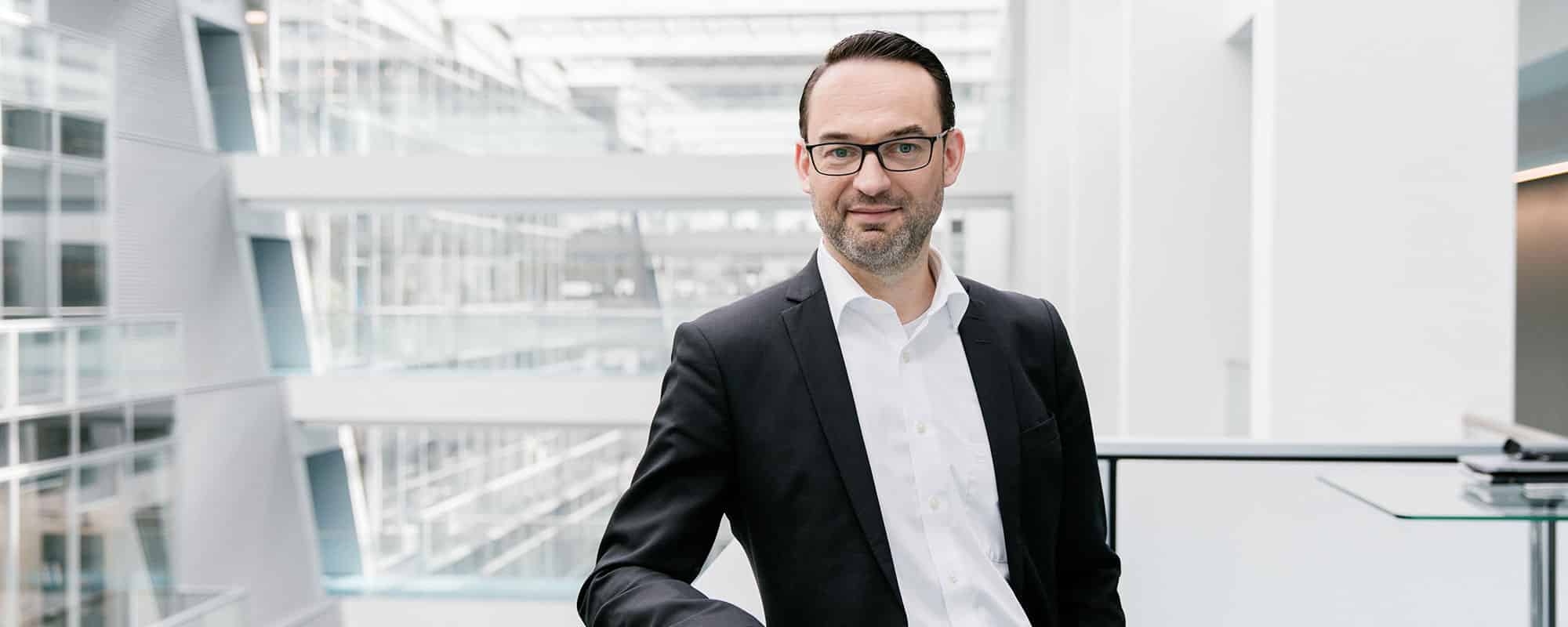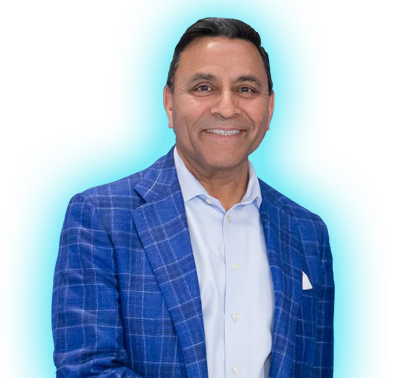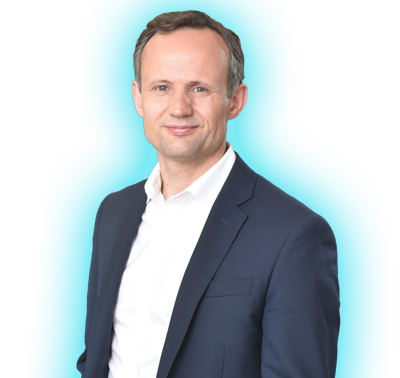

“DEFINE OWN SOFTWARE STANDARDS”
Volkswagen Group is increasing its capabilities in the digitization of its vehicles: the share of the software developed for cars is to rise to at least 60 percent by 2025, from ten percent today. The new “Car.Software” unit will be responsible for essential parts of software development for vehicles and cloud platforms in all brands and regions. Christian Senger, member of the board of management of Volkswagen and responsible for Digital Car & Services, explains the new software strategy.
Mr Senger, you are a member of the board of management for a department that didn’t exist before: digital car and services. What was your first official act?
First of all, it is very important to me to tell everyone what we want and how we do it. Volkswagen develops, produces and sells superb cars all over the world. But when it comes to software, we’re not yet one of the big players. So, there are many questions. Where do we want to go? How can we make it work? And, sometimes also: Can we really handle it? I am convinced that we can! Together with my team, I want to show that Volkswagen can also achieve excellence in this area.
Why is digitization so important to a car company?
In the future, a Polo, Tiguan or Golf will become even more a part of the digital life of our customers: fully connected and always online. Our customers expect this from us. We will not convince a customer with retro charm, only. The software must be efficient, stable, secure, and get regular updates from the cloud.
Software is already considered a major complexity driver. When will Volkswagen reach its limits?
Linking electrics and electronics is extremely complex and costly. And the required input continues to rise because the expectations on the digital performance of our cars are also increasing. That’s why we need to manage complexity better and become more efficient. It also means developing much more software ourselves and thus reducing costs.
That sounds like a contradiction. You want to develop more software yourself, but reduce the effort …
It’s not a contradiction. It’s the solution. The main burden today is the connection between hardware and software. Just one example: currently, up to 70 control units operating with software from 200 different suppliers must be networked in a T-Cross, Arteon or Touareg. We devote a large part of our energy to technical integration and rely very much on the developments of third parties. For the future, this is not efficient. We need to be the ones who develop the software, set the standards and make them available to all brands and suppliers.
What is the share of self-developed software today?
Today, our share is less than 10 percent. That is clearly too small. In Volkswagen Group, we want to achieve a share in software development of more than 60 percent by 2025.
How do you plan to achieve this?
Volkswagen has already taken an important step. We have separated organisationally the development of hardware and software in the company, and incidentally we’re the first manufacturer to do this. This is important because software follows much faster development cycles. We’re continuing on this path. We want to form an agile “Car.Software” unit and bring together more than 5,000 experts and top talent by 2025. The experts will focus completely on vehicle digitization and development of vehicle-related services.


What is the goal behind it?
To transfer the Volkswagen platform expertise to software. We are developing a software platform that will be used by all brands of the group and in all regions. Specifically, it’s about a unified vehicle operating system and the associated cloud platform, the Volkswagen Automotive Cloud.
How do you build this new unit?
We go step by step. We will bring together experts from brands and companies within the Group, but we want to focus much more on attracting top professionals from IT and tech industry. Strategic investments and acquisitions are also an option.
What do you see as a future priority for software development?
A clear answer: safeguarding the timely production start of our cars. In general, we will be measured by delivering to the customer right on time.
Will the brands of the group retain their software expertise?
Yes. This makes sense, because software and the digital functions that can be experiencedby the customer will contribute even more to a brand’s positioning in the future. The division of labour is simple: in our responsibility to the Group, we will define the software platform with basic functions for all. This way we will fill a virtual shelf which the brands can make use of. The brands then individualize certain basic functions. And, unaffected by this, the development departments of the brands retain their responsibility for hardware-related development.
What does the customer gain from this reorganization of software development?
Our customers profit substantially: In the future, you’ll experience cars that are even more dynamic, exciting and individual. The key to this is the unified software platform with its standards. This is how we can rethink software development, shifting the focus to creation. We’ll provide vehicle updates, useful services and exciting new features quickly and reliably.
Mr. Senger, one final question: What is your vision for the software “Made by Volkswagen” in 2025?
Many technikal features from the Group are today regarded as a seal of quality for the technical progress of the automotive industry in general. An example: For millions of people, Audi’s “Quattro” label has become a world-wide benchmark in terms of all-wheel drive. That's exactly what we want. If people look at our cars in a dealership or virtual showroom in a few years, they will find our software logo on the vehicle. It will be considered a seal of quality!












